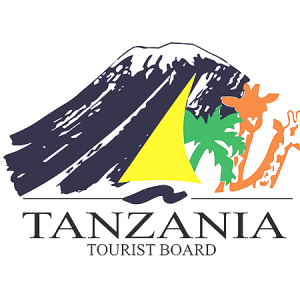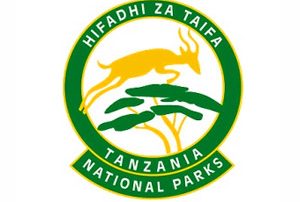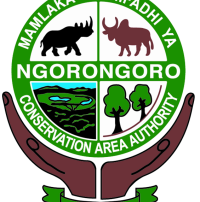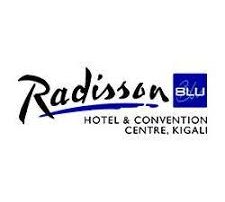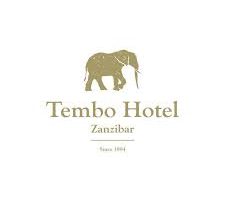Mwanza
Mwanza city is also known as The Rock City, It is the major Tanzanian port on Lake Victoria and a major centre of economic activities in the region. The lake borders the country’s East African neighbours – Uganda to the north-west, and Kenya to the north-east.
Export and transport among the countries is a foundation of Mwanza’s economy. Around the city of Mwanza, the land is primarily devoted to agricultural enterprise. Tea, cotton and coffee plantations throughout the area produce large volumes of cash crops that pass through Mwanza on their way to market. The town’s industrial harbour and busy streets make it a prosperous and busy place to explore.
For visitors, the city makes a good base from which to explore the nearby Rubondo Island National Park and the western parts of the Serengeti. Rubondo Island National Park offers pleasant day-hikes and bird watching around the lakeshore.
Mwanza’s proximity to the western Serengeti makes it a necessary stop for visitors who want to experience a less bust part of the park and see the magic of the Serengeti without the parade of safari vehicles and seasonal crowds. Mwanza is also the centre of the Sukuma tribe, the largest tribe in Tanzania, who have inhabited and farmed the region for centuries. Maasai programmes to their local villages and farms can be arranged through the local cultural centres.
Things to do or to see in Mwanza
Visit Saanane Island
Saanane Island is among the best places to see in Mwanza. This is the rocky island that hosts mammals like the Impala, Rock Hyrax, Velvet Monkeys, Zebras, Impalas, and Clawless Otters to mention just a few. Around 44species of birds have been documented on Saanane island and many more occur at different times of the year. The park can therefore offer opportunities for birdwatchers. Read more about this park
Visit Sukuma Museum
Located east of Mwanza in Bujora village, Sukuma Museum is a good place to visit during clear and cool days. The Sukuma Museum in northwestern Tanzania has recently undertaken the task of cataloguing its collection of objects from the Sukuma culture and is redesigning its exhibition spaces.
Such a vigorous task has unearthed many issues regarding contemporary museum display and the contextualization of cultural artefacts in the museum setting. In reorganizing the twenty to thirty-year-old display, the Museum has had the opportunity to reconsider the significance of the objects and the efficacy of their educational value.
Sukuma people are the largest cultural group in Tanzania, the Sukuma culture is dispersed throughout the country. The heart of Usukuma is in the Lake Zone of Mwanza, Shinyanga and the Mara regions where the legacy of a rich art tradition is now maintained. Museum exhibitions have helped to pave the way for such new tactics of museum display.
Historically, for example, few shows have received as much critical attention as the 1984 Museum of Modern Art exhibition, Primitivism in 20th Century Art, Affinity of the Tribal and the Modern, in New York which today is seen as an important watershed of museological discourse.
The exhibition and the critical response it evoked have proven pivotal in the slow process of influencing the taxonomies of museum display and illuminating the intellectual cost of cultural imperialism.
Experience the rock city
Like no other city in Tanzania, Mwanza is surrounded by hills and boulders. It’s not by chance that the nickname of Mwanza is “Rock City.” One of the most famous rocks in town is Bismarck Rock.
The Bismarck rock is a precariously balanced rock that is located in Lake Victoria and the city of Mwanza. Just judging by the name of the hills and rocks, one can guess the German influences in this region, even without knowing any history.
The Bismarck rock sits above the water and on a set of larger rocks in a collective formation that rises more than 10 metres above the lake’s surface. The surrounding areas are also quite attractive, with a few restaurants nearby, a well-maintained small public park with a green lawn and a ferry harbour to the other side of Mwanza gulf.
Hiking on Robert Koch Hill
Another best activity you can do in Mwanza is hiking on Robert Koch Hill. What makes Robert Kock Hill special is the German mansion. It’s in the centre of the city, and the old mansion now hosts a few Maasai.
It’s a relatively easy trip up the hill, unless the weather is very hot, in which case you might end up struggling to go up the hill. The path is not really clear, as it’s not a popular tourist destination. It’s a chance to mingle with locals.
If you choose to go explore Robert Koch Hill, make sure to get back into town before sunset. Although Tanzania is, in general, a safe country, you don’t want to push your luck.
Boat rides in Lake Victoria
A boat trip on Lake Victoria should be a high point on everyone’s list while in Mwanza. Seeing the lake and the surrounding area from the boat will give you a better feel of how life around Lake Mwanza looks.
There are also quite a few paths where you can walk along the shore. Do try to interact with the locals, even if there’s no common language. Tanzanians are friendly people, curious to find out more about other countries.
If you’re looking for a place to relax, there are a few restaurants along the shore where you can enjoy a drink while admiring nature.
Visit Ukerewe Island
Ukerewe island is an island in Lake Victoria near the city of Mwanza. It is the largest inland island in Africa, with an area of approximately 530 square Kilometres and is famous for its large numbers of African Albinos, many of whom were abandoned there by their families as children.
Ukerewe Island in Lake Victoria has become a safe haven for a community of Tanzanians living with albinism. Many albinos face threats from organ and limb harvesters, and wider ostracism is also a problem.
The island also has beautiful beaches, some of which offer stunning views of the mainland, especially at night, when it is also almost always dead silent. The main town is Nansio and the island is also home to the Kerewe people, one of the smaller tribes of the country.
